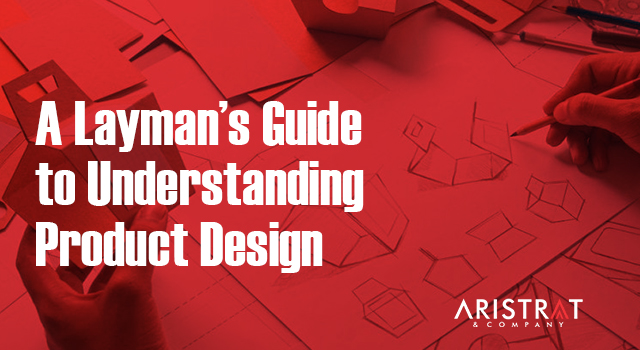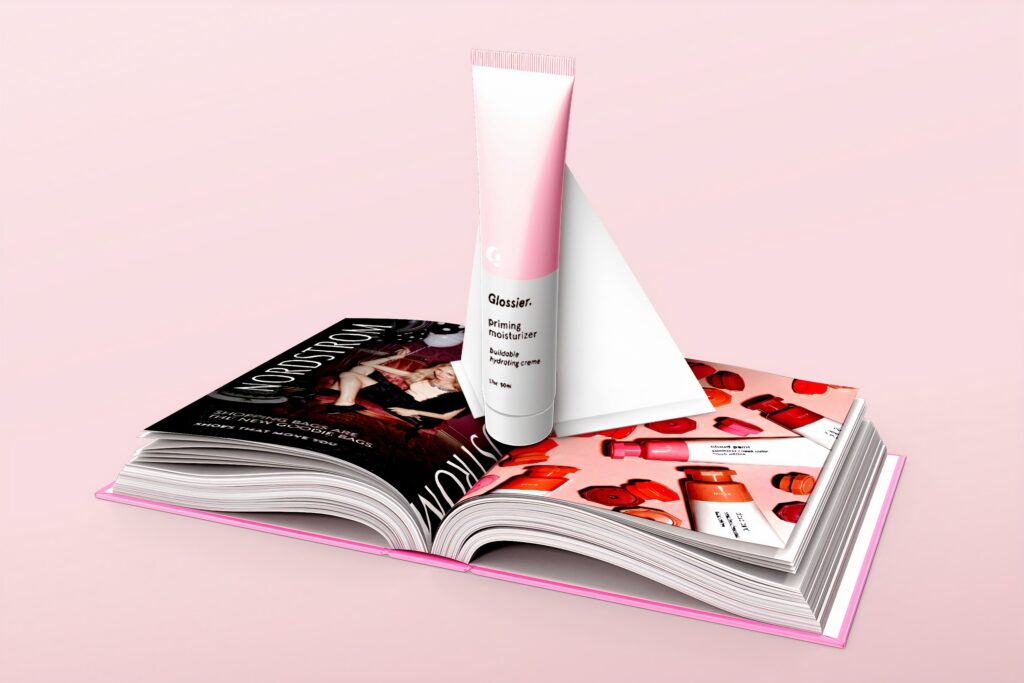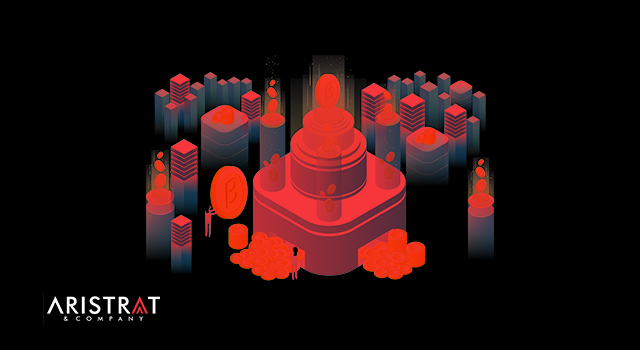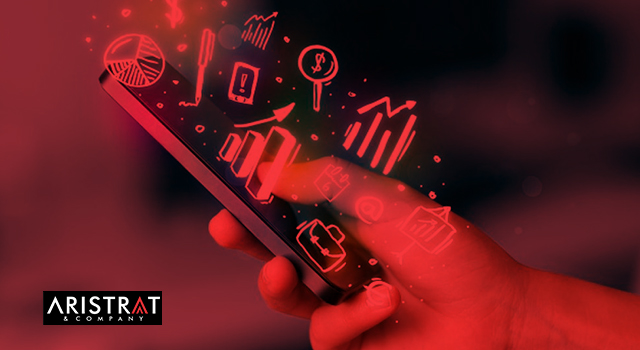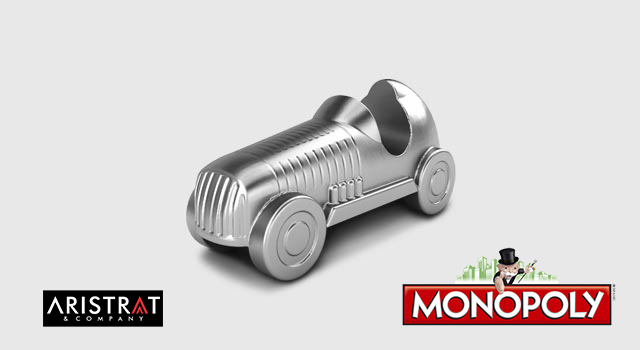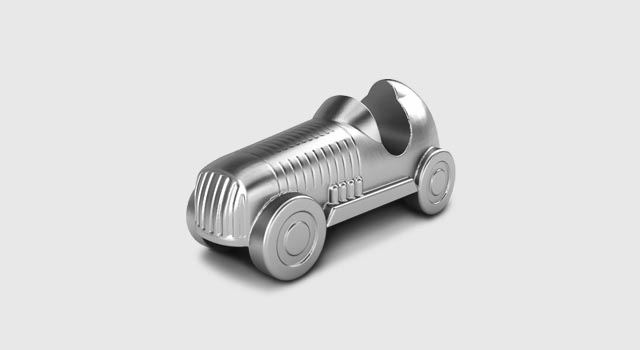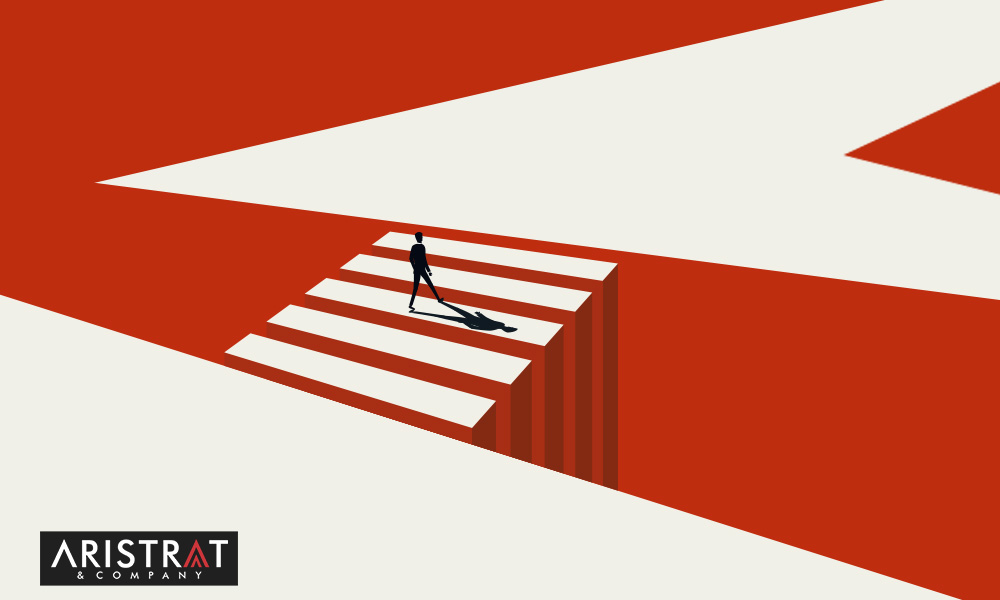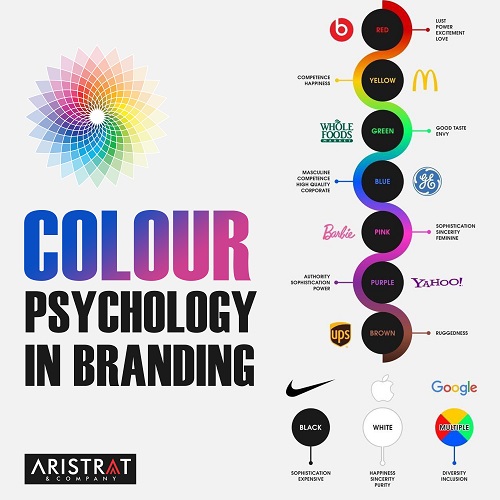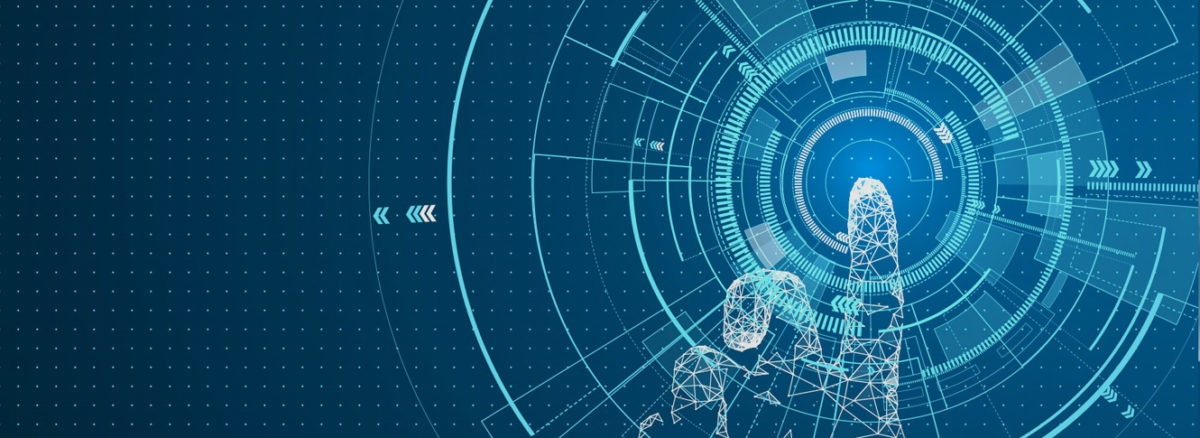Product Design As a Service

Product design is not a new word in the industry. Look around you, every product you see today started with sketches and prototyping. Every product solves a problem or a need. The products are designs being brought to life through sketching, drawing, and in most cases, 3D and industrial design software. Product design is the process of identifying a market opportunity, clearly defining the problem, developing a proper solution for that problem, and validating the solution with real users.
We have two types of product designs. They are :
1. Industrial product design
2. Digital product design
1. Industrial product design is the type that involves the creation of material products. It is more extensive and involves a more complex process because it deals more with physical products that are in direct contact with the users. Industrial design studies functions and forms. It is the connection between the product, user, and environment. Industrial designers are imaginative, have good artistic skills, innovative, able to work well under pressure, and are good communicators who are open to criticism. They are also persuasive at selling their ideas to clients.
2. Digital product design is one that obviously involves the creation of digital products (apps and websites). A digital product designer identifies an existing problem, offers the best possible solution, and launches it to a market that demonstrates the demand for the particular solution.
There are different services involved in product designs. The people involved work hand-in-hand to make problem-solving designs. The services involved in product designs in no particular order include:
1. Design Researching: The first step to product design is brainstorming. Since there is no department like the “brainstorming department”, it is the duty of design researchers to work, plan, weigh the pros and cons closely to achieve results. Design researchers are a valuable link that seeks the intersection of strategic business needs and user needs, values, and goals. Design researchers validate the proposed problem and begin to form solutions.
2. Marketing, Strategizing, and Business analysis: These departments work closely with customers, sales, marketing, and researchers to ensure that a product will be useful for both users and the business. They find the problems that are worth solving. They research to know the presence of competitors, the definition of trends, the assessment of the product’s prospective longevity, etc. Their service helps us understand what we are getting into and how our product can provide solutions.
3. Sketching and prototyping: Sketches helps to somewhat narrow down the very direction when choosing the main concept, and only then work with composition, layouts, edits, refinement of the concept follows. Prototyping on the other hand is the skeleton of an actual product. It gives a detailed visual representation of what to expect. It saves correction in the future, money, time, and nerves.
4. Producing the factory sample: The factory sample helps to understand how the production team should aim for perfection. It enlightens the workers on how visible the ideas are.
5. Production/ development team: This team consists of engineers, scientists, UX/UI designers, and many more. They work closely to ensure they have a full set of technical specifications with clearly defined requirements, tasks, responsibilities, deadlines, and budgets. Their goal is to break the major tasks into smaller subtasks (so that the deadline for their implementation does not exceed several weeks) and assign priorities. In the software industry today, Agile methodologies are employed for this, such as Scrum.
Product design as a service is very broad and it requires multiple hands to achieve desired results. If one is looking at what to offer as a service in product designs, any of these services can be looked into. In essence, product design is an essential service and it has come to stay.
Written by Oluwatosin Omolale

